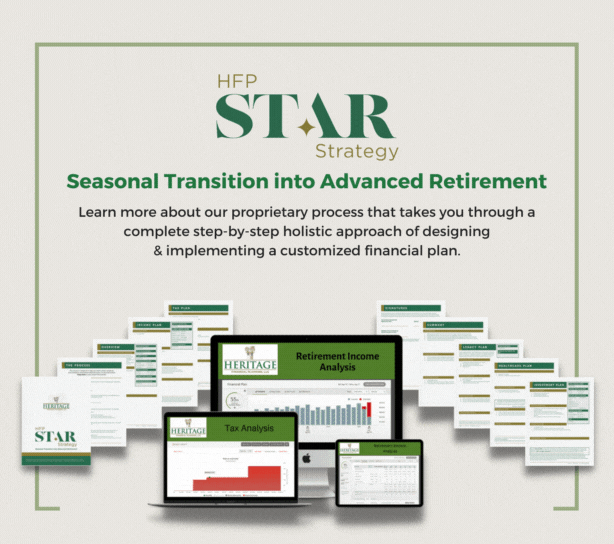Rethinking Bonds in a New Retirement Landscape
For decades, bonds were considered the bedrock of retirement income—stable, predictable, and low risk. But today’s economic environment has retirees questioning whether bonds are still pulling their weight. With rising interest rates, inflation pressures, and fluctuating market conditions, it’s no longer a given that bonds offer the same level of security they once did.
So, should bonds still play a major role in your retirement plan? The answer: yes—but not without some thoughtful adjustments.
How Bonds Work—and Why They’ve Been a Staple
At their core, bonds are loans made to governments or corporations in exchange for regular interest payments. Unlike stocks, which can be volatile, bonds have traditionally offered retirees a sense of stability and income. That’s why many retirement portfolios were once built around the idea of shifting heavily into bonds as you age.
But in recent years, ultra-low interest rates made it hard for bonds to keep up with inflation. And when rates began rising in 2022 and 2023, bond values actually dropped—leaving many retirees surprised and confused.
That doesn’t mean bonds are bad. It just means they’re not bulletproof, and their role needs to be more carefully considered.
What Today’s Retirees Need to Watch For
In the current climate, the type of bonds you hold matters more than ever. Long-term bonds can be especially sensitive to interest rate changes, while short-term or inflation-protected bonds may offer more resilience.
Here are a few considerations:
- Bond duration: Shorter durations may reduce risk in rising-rate environments.
- Credit quality: Stick with high-quality bonds to avoid unnecessary default risk.
- Diversification: Relying too heavily on bonds alone could leave you exposed to interest rate swings and purchasing power erosion.
Rather than stuffing your portfolio with generic bond funds, it’s smarter to integrate a bond strategy that fits your specific goals—whether that’s steady income, liquidity, or downside protection.
Finding the Right Role for Bonds in Your Income Plan
Bonds can still be an effective tool—but they shouldn’t carry your entire retirement income burden. Instead, they should complement other assets such as dividend-paying stocks, annuities, or real estate investments that can offer diversified income streams.
For some retirees, bonds may serve as the “sleep-well-at-night” portion of the portfolio, helping to manage risk and preserve capital. For others, too much bond exposure could actually limit growth and put long-term financial security at risk.
Ultimately, it’s not about choosing bonds or no bonds—it’s about having the right mix.
Build a Bond Strategy That Works With the Rest of Your Plan
At Heritage Financial Planning, we help retirees craft income strategies that go beyond outdated rules of thumb. Through our HFP S.T.A.R. Strategy (Seasonal Transition into Advanced Retirement), we assess how bonds can support—not limit—your overall financial picture.
Whether you need to restructure your bond holdings, rethink your income approach, or rebalance entirely, we’re here to help. Schedule your retirement income consultation today and find out how to build a modern portfolio that works in today’s market.

Click here to learn more about our HFP STAR Strategy process.
Sources:
• U.S. Securities and Exchange Commission (SEC): https://www.investor.gov
• Morningstar: Bonds and Rising Rates – https://www.morningstar.com
• FINRA Bond Basics: https://www.finra.org
• Heritage Financial Planning: https://heritagefinancialplanning.net/about/heritage-financial-star-strategy/












